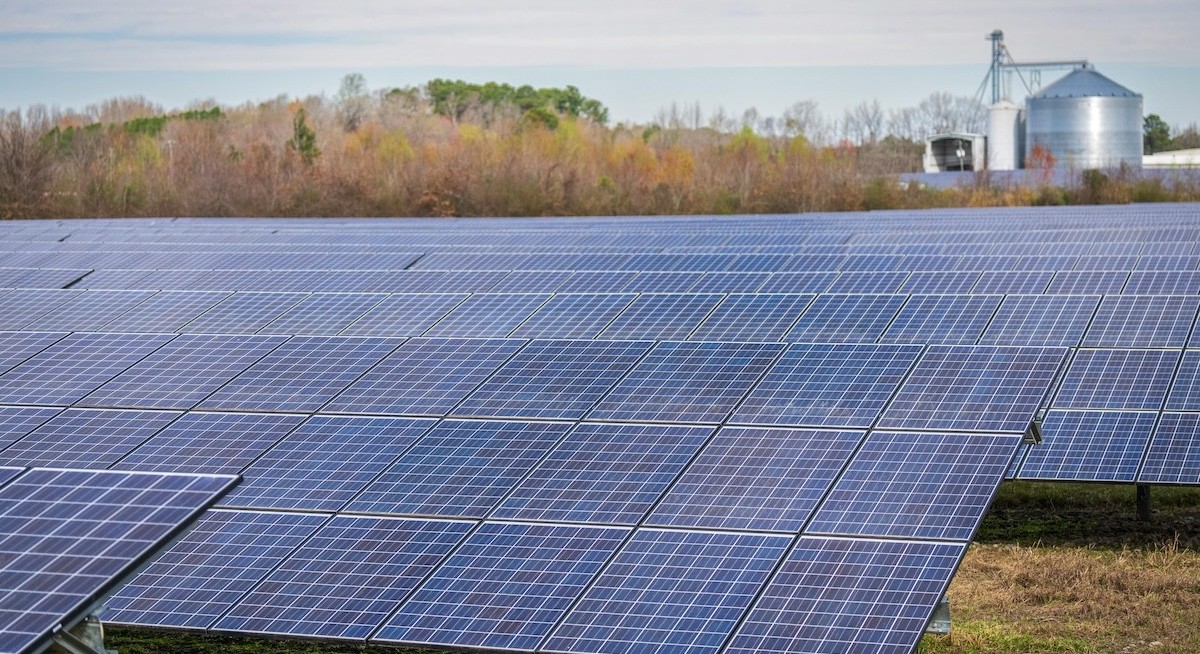Southeast Asia’s digital transformation is accelerating at unprecedented speed. Governments and businesses are embracing artificial intelligence (AI), cloud computing and digital inclusion to boost competitiveness and create opportunities across the region. AI alone could contribute between 10% and 18% of Asean’s GDP by 2030, a sign that digitalisation has become a collective regional priority.
As leaders gathered in Malaysia for the recent ASEAN Summit in October, the question was not only how to scale AI, but whether the region has the resilient, reliable and sustainable power infrastructure needed to support it.
The hidden foundation of AI
Every AI breakthrough, from generative tools to predictive analytics, depends on vast data centres that consume large amounts of power and produce significant heat. Across Malaysia, Indonesia, Vietnam and Singapore, new facilities are being built at record pace. Yet many of the region’s power grids remain under strain.
AI workloads are more demanding than traditional computing. They require greater power density and advanced cooling systems. If these challenges are not addressed, the region could face higher costs, supply instability and difficulty meeting climate goals. Power disruptions, grid congestion or extreme weather events could quickly expose how dependent our digital economies have become on resilient energy systems.
The case for a more connected and efficient region
See also: Balancing seamless travel with security and ethics in 2025
Asean has long recognised the importance of digital connectivity through the ASEAN Digital Masterplan 2025 and the Master Plan on ASEAN Connectivity 2025. However, digital growth must now be matched by progress in how the region manages and distributes energy.
Closer regional coordination can make a real difference. Regional grid‑linking projects under the ASEAN Power Grid initiative, for example, show how cross-border energy sharing could help balance supply and demand more effectively, while harmonised reliability and efficiency standards for data centres would ensure quality and uptime wherever capacity is built. As renewable energy adoption grows, knowledge-sharing on integration and storage technologies will also become essential to help countries meet both growth and sustainability goals.
For Singapore, these developments are especially relevant. As a regional hub with limited energy resources, its long-term competitiveness in AI and digital services will increasingly depend on the resilience and efficiency of the wider regional ecosystem.
See also: OCBC adds eight Southeast Asian wallets to its app to boost cross-border transfers
Resilience through trust and collaboration
Beyond infrastructure, the integrity of supply chains and technology standards will determine how resilient Asean’s digital economy becomes. The recent export-control investigations affecting semiconductor supply chains in Malaysia illustrate how quickly external shocks can disrupt progress.
A coordinated approach to equipment traceability, interoperability and security would reduce uncertainty and strengthen investor confidence. For businesses and citizens alike, such cooperation means fewer disruptions, greater trust in digital services and more stable access to the tools that power daily life.
Investing where it matters most
Investment in ASEAN’s digital economy continues to grow, much of it focused on expanding capacity. Yet the region now faces an opportunity to channel more resources into making that capacity smarter, more efficient and more resilient.
Upgrading grids, expanding energy storage, improving power distribution and adopting advanced cooling technologies can significantly reduce energy intensity and emissions. These are areas where innovation from the private sector can complement government policies, helping to align infrastructure growth with national sustainability goals.
Across Southeast Asia, industry players, including Vertiv, are collaborating with governments, utilities and data centre operators to pilot new energy-efficient systems, advance training programmes and improve operational standards. These efforts reflect a shared recognition that the future of AI and digital innovation depends as much on resilient power as on cutting-edge software.
To stay ahead of the latest tech trends, click here for DigitalEdge Section
The Asean opportunity
When the region’s leaders convened in Malaysia for the ASEAN Summit, they reaffirmed that Asean’s digital decade hinges on inclusion, sustainability and regional cohesion. The opportunity is to strengthen cooperation on the foundations of growth: reliable power, efficient technology and sustainable development.
AI promises to unlock innovation across Asean, but those ambitions depend on infrastructure that is as intelligent and resilient as the technologies it supports. The next phase of Asean’s digital journey will belong to those who can balance progress with preparedness and growth with sustainability.
Paul Churchill is the vice president and general manager for Asia at Vertiv




